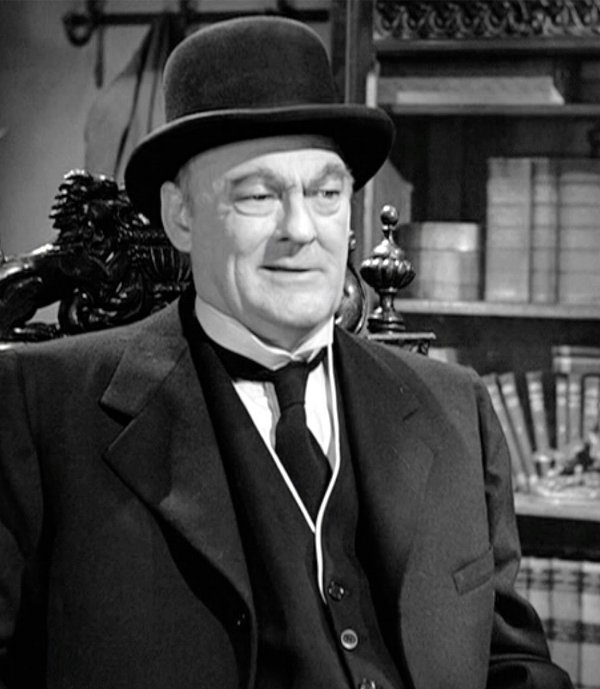Get In Touch
hello@untangld.co
Get In Touch
hello@untangld.co
Follow
|
LinkedIn

We use cookies to make sure you have the best experience on our website. Fear not, we don’t sell your data to third parties.


Today was a perfect snapshot of what running your own business really feels like. This morning, we found out we weren’t successful on a pitch we’d invested real energy into. One we really wanted. Less than two hours later, we were in another pitch with a completely different client. That one felt strong. Promising, even.
That’s entrepreneurship in a nutshell. You move from disappointment to determination in the space of a meeting. You learn to feel the sting, then shake it off quickly enough to show up again.
It’s exhilarating, and it’s exhausting.
The early days of running a business are fuelled by adrenaline. You say yes to everything. You live off momentum. Every conversation feels like a huge new opportunity and you just need the time to seize it.
I call this unbashful enthusiasm ‘all-in energy’.
It’s all action, and possibility.
You’re pitching to anyone who’ll listen. Your former clients, scraping LinkedIn for older connections, even friends of friends on WhatsApp because every lead feels loaded with potential. The stakes feel impossibly high, and everything feels incredibly personal. A no doesn’t just suck, it’s crushing.
You’re not just doing the work, you are the business. Pitching, running the work, writing the research, ensuring you get paid… all of it. Every project is a chance to prove you’re good enough to be doing this. And so you overthink, overdeliver, overcommit.
A couple of years in, the energy shifts. You realise the real skill isn’t speed, it’s stamina.
You’re still busy, but you’ve started to redefine what that means. Not everything is urgent. Not everything is yours to fix. You begin to understand the power of rhythm: setting structure, building habits, learning to pace the work and your own energy.
You stop measuring success by how frantic the calendar looks. And start noticing the quieter signals, a returning client, a stronger brief, a smoother delivery.
There’s (thankfully) a moment when you stop panicking every time things dip. Not because you care less, but because you’ve built enough resilience to ride the waves. You’ve seen slow months before. You know the work is coming. You trust the process, because by now you’ve built one.
Optimism becomes a superpower. But so does discipline.
The discipline to keep pushing for the next big thing, even when the energy dips. Especially after a setback.
And in all these ups and downs, it’s easy to feel like progress is slow.
What can I say, I’m an impatient person. I’m working on that too.
Put most simply, it used to mean “more”. More revenue, more headcount, more scale. But the culture’s shifting. Those entering the workforce are disillusioned by burnout and bureaucracy. They want balance and purpose, not just perks. And with AI accelerating what’s possible, the pressure to move fast has never been higher.
For those of us building businesses, that’s the real tension: how do you build with ambition — creating real workplace satisfaction — without defaulting to old models of success?
A different path to progress
Today, progress is more layered. Growth still matters. Personally and commercially.
Looking to 2026, on the edge of AI-led disruption, progress looks like moving forward with more intent. Taking a beat to think not just two steps ahead, but ten. Planning longer-term, with quality and conviction.
At Untangld, we set out to help senior business leaders take bolder, clearer action. We do it through connected strategic thinking: research, brand, experience, embedding. A single source of truth that becomes the anchor for big moves.
We wanted to work on knottier, more complex problems. Ones that call for rigour, intuition and a real belief in the cause.
This isn’t theory. It’s baked into the decisions we make every day:
That intention, to do the best work of our careers, without compromising the rest of life — still shapes everything we do. It shows up in how we work, what we prioritise, and who we partner with.
Because building a healthy business isn’t just a personal question. It’s a collective one.
I’m not the only one thinking about progress this way. Other founders are navigating the same tension; building with clarity, ambition and care.

One of them is Amelia van Veenendaal, founder of Add One — a platform helping people meet their friends of friends in real life.
After a decade in advertising and marketing, she set out to solve a problem she deeply cared about: the erosion of real connection. In just six months, Add One has hosted 50 dinners across Amsterdam, Paris, Lisbon and London, with more to come.
It’s quickly becoming a meaningful alternative to the algorithmic disappointment of social apps.
What does a healthy business look like to you right now?
AvV: A healthy business right now means experimenting constantly to build a product people love. All my focus is on the consumer: why do they love Add One? What stops them from doing this already? What are other products missing? If I see organic growth through word of mouth and events, I know I’m on the right track.
What’s one belief or behaviour you’ve had to unlearn?
AvV: That as a founder you’re building a product. Founders build companies. Companies make products. The product will always change — it’s the company that allows that to happen. Build a good company, and you build something that can shift, learn and grow.
What does ‘enough’ look like for you?
AvV: To wake up every day and still believe in the problem I’m solving. I’m more passionate than ever about cracking how we build meaningful connection. If I get closer to that each day, that’s enough.
As I step further into this next chapter, I’m focusing on the signals of a healthy business:
These signals might not be as loud as revenue spikes or investor rounds, but they’re steady. And they speak to something we value even more, purposeful momentum.
The world doesn’t need more noise. It needs balance.
As The Princess of Wales recently urged business leaders:
Because that’s where creativity thrives. That’s where innovation starts. And that’s the kind of progress we’re aiming for — the sometimes mythical, sustainable kind.
So if you’re building a product, a brand, a business, something that matters, here’s to doing it with your full self. Not burning out for the badge of ambition. Not breaking your personal life in service of your professional one. But building something intentional, energising, and on your terms.
It’s not easy. But it’s possible.
And when you do, partner with people who care as deeply as you do.









→ Emily Gray brings extensive knowledge from her combined agency, client, and startup background, having worked with brands such as Diageo, Bank of New York, Vanguard, ANZ, SchweppesAsahi and O2. She specialises in connecting creativity and commercial outcomes and is a trusted advisor to both CMOs and CXOs alike.
